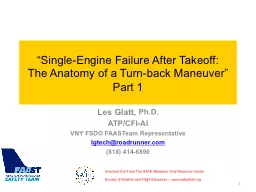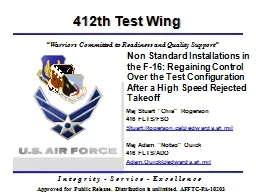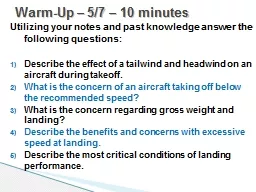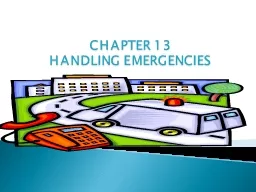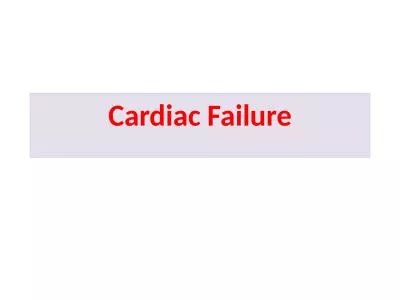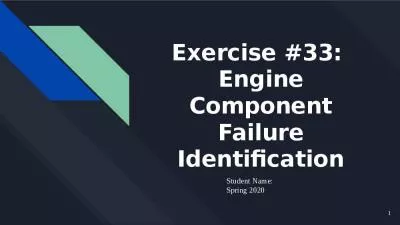PPT-“Single-Engine Failure After Takeoff:
Author : faustina-dinatale | Published Date : 2016-05-27
The Anatomy of a Turnback Maneuver Part 1 Les Glatt PhD ATPCFIAI VNY FSDO FAASTeam Representative lgtechroadrunnercom 818 4146890 1 Checked Out From The SAFE Members
Presentation Embed Code
Download Presentation
Download Presentation The PPT/PDF document "“Single-Engine Failure After Takeoff:" is the property of its rightful owner. Permission is granted to download and print the materials on this website for personal, non-commercial use only, and to display it on your personal computer provided you do not modify the materials and that you retain all copyright notices contained in the materials. By downloading content from our website, you accept the terms of this agreement.
“Single-Engine Failure After Takeoff:: Transcript
Download Rules Of Document
"“Single-Engine Failure After Takeoff:"The content belongs to its owner. You may download and print it for personal use, without modification, and keep all copyright notices. By downloading, you agree to these terms.
Related Documents

